Cloning Micro SD Card to SSD Drive over USB
Application to Raspberry Pi 4 Micro-SD cards are very convenient in size and cost for Raspberry Pi-based systems. In the long term, for high-demand applications, using an SSD offers better reliability, reduced access times...

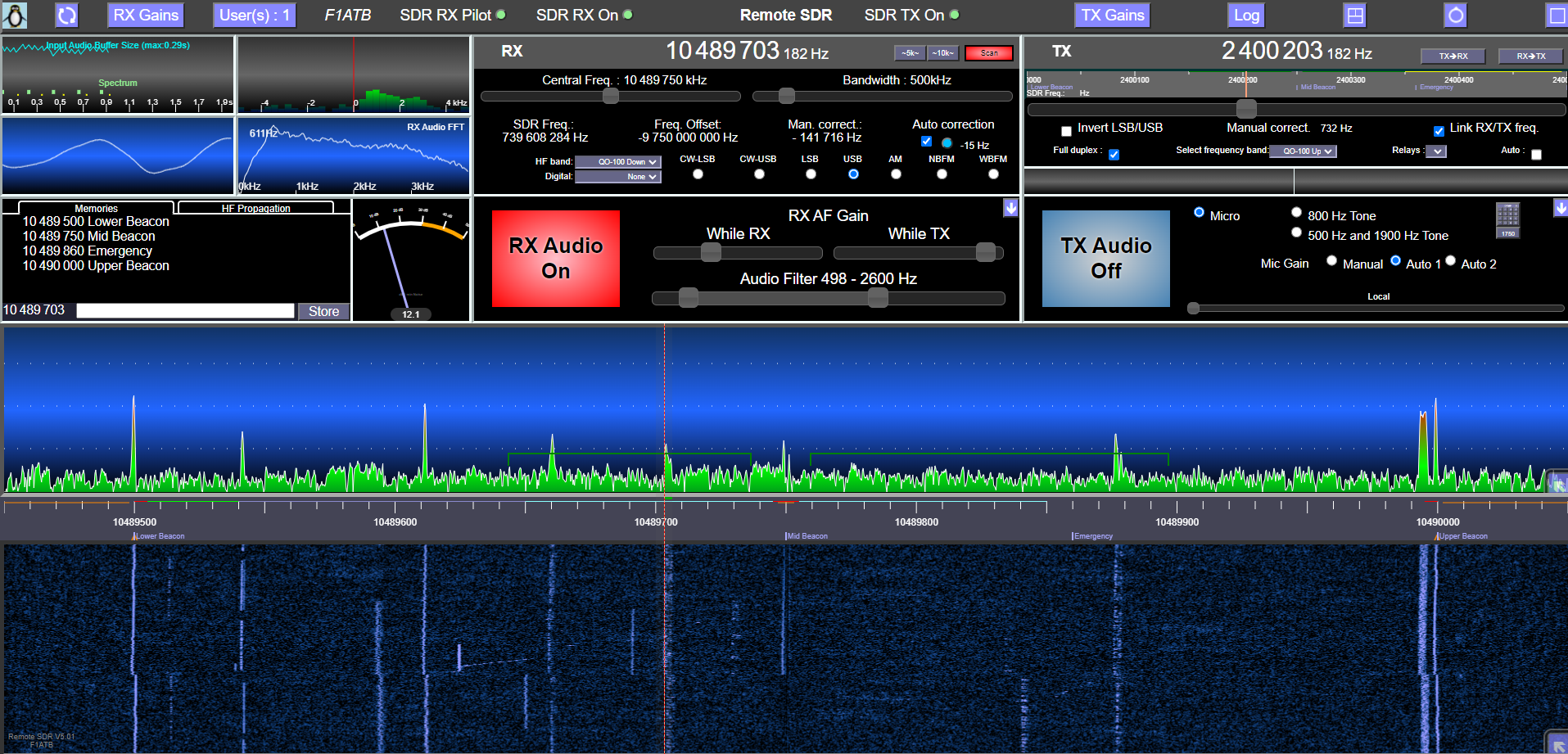


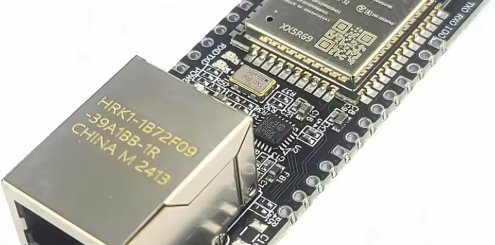
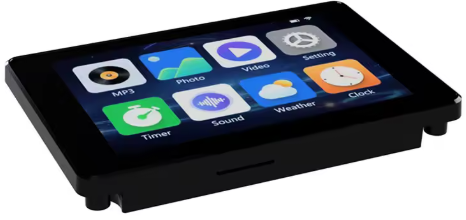

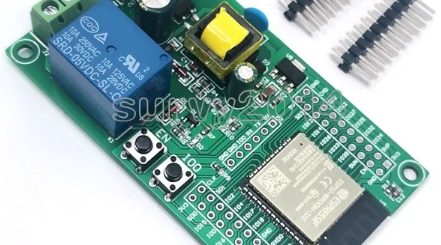
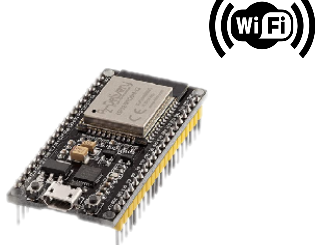
Recent Comments